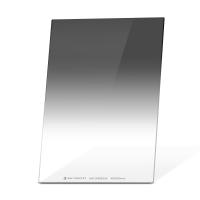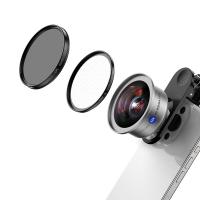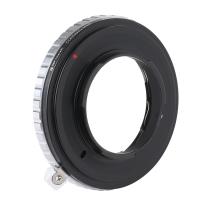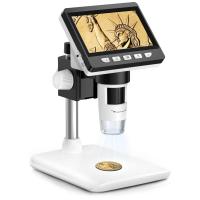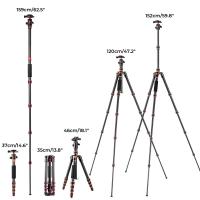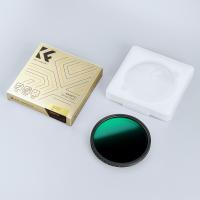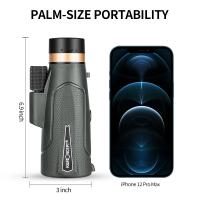Who Invented The First Ever Microscope ?
The first ever microscope was invented by Dutch spectacle maker Zacharias Janssen and his father Hans in the late 16th century. However, the credit for the invention of the compound microscope, which uses two lenses to magnify objects, is often given to Dutch scientist Antonie van Leeuwenhoek. He improved upon the design of the microscope and used it to make groundbreaking discoveries in microbiology, including the existence of single-celled organisms.
1、 Early Microscopes and their Inventors
The first ever microscope was invented by Dutch spectacle maker, Zacharias Janssen, in the late 16th century. However, there is some debate over who exactly invented the microscope, as there were several individuals who made significant contributions to its development.
One of these individuals was Antonie van Leeuwenhoek, a Dutch scientist who is often credited with being the first person to observe microorganisms under a microscope. Leeuwenhoek was not a trained scientist, but he was a skilled lens maker who was able to create powerful microscopes that allowed him to make groundbreaking discoveries in the field of microbiology.
Another important figure in the history of the microscope was Robert Hooke, an English scientist who used a microscope to study the structure of plants and animals. Hooke was the first person to use the term "cell" to describe the basic unit of life, and his work laid the foundation for the field of cell biology.
In recent years, there has been renewed interest in the history of the microscope, as scientists and historians have sought to better understand the role that these early instruments played in the development of modern science. While the exact origins of the microscope may never be fully known, it is clear that this invention has had a profound impact on our understanding of the natural world.

2、 Antonie van Leeuwenhoek's Contribution to Microscopy
Antonie van Leeuwenhoek is credited with inventing the first ever microscope. Born in the Netherlands in 1632, Leeuwenhoek was a tradesman who had no formal education in science. However, he had a keen interest in microscopy and spent much of his free time experimenting with lenses and microscopes.
Leeuwenhoek's microscopes were simple, single-lens devices that he made himself. They were capable of magnifying objects up to 300 times, which was a significant improvement over the microscopes of his time. Leeuwenhoek used his microscopes to observe a wide range of specimens, including bacteria, protozoa, and red blood cells.
Leeuwenhoek's Contribution to Microscopy was not limited to the invention of the microscope. He was also the first person to describe many microorganisms, including bacteria and protozoa. His observations helped to establish the field of microbiology and laid the foundation for our understanding of the microbial world.
Today, Leeuwenhoek's microscopes are considered primitive by modern standards. However, his work paved the way for the development of more advanced microscopes, which have revolutionized our understanding of the natural world. Leeuwenhoek's Contribution to Microscopy is still celebrated today, and he is widely regarded as one of the most important figures in the history of science.
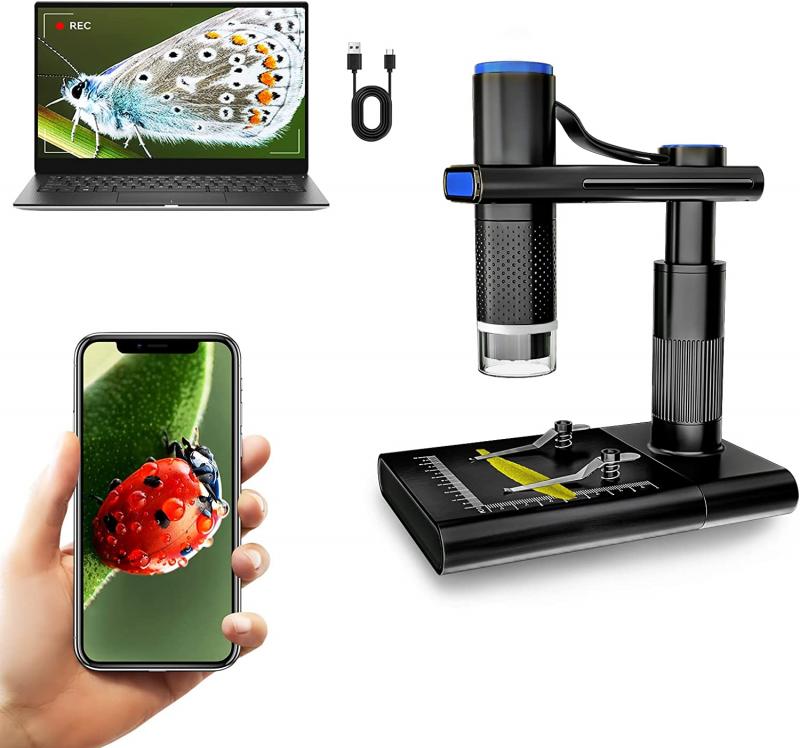
3、 Robert Hooke's Microscopic Discoveries
Robert Hooke is credited with inventing the first ever microscope. In 1665, he published a book titled "Micrographia" which detailed his microscopic discoveries. Hooke's microscope was a compound microscope, meaning it used two lenses to magnify the specimen. He was able to observe and document the structure of various objects, including insects, plants, and even human hair.
However, it is important to note that Hooke was not the only person working on microscope technology at the time. Antonie van Leeuwenhoek, a Dutch scientist, also made significant contributions to the development of the microscope. He is credited with creating a single-lens microscope that was capable of magnifying objects up to 270 times.
In recent years, there has been some debate over who should be credited with inventing the first microscope. Some historians argue that the credit should go to Zacharias Janssen, a Dutch spectacle maker who is said to have created the first compound microscope in the late 16th century. Others point to the work of Galileo Galilei, who is believed to have created a simple microscope in the early 17th century.
Regardless of who is credited with inventing the first microscope, it is clear that Hooke's work was groundbreaking and helped pave the way for further scientific discoveries. His microscopic observations and illustrations were widely circulated and inspired other scientists to explore the microscopic world.
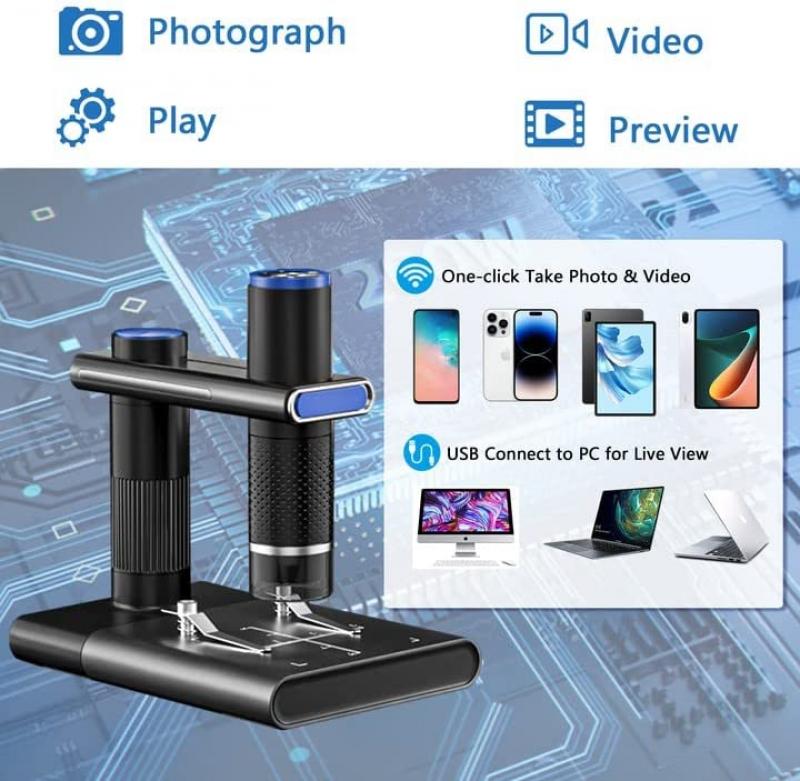
4、 Evolution of Microscope Technology
The first ever microscope was invented by Dutch spectacle maker, Zacharias Janssen, in the late 16th century. However, it was his compatriot, Antonie van Leeuwenhoek, who is credited with being the first person to use a microscope to observe and describe microorganisms in the 17th century.
Over the centuries, microscope technology has evolved significantly. In the 19th century, the development of achromatic lenses allowed for clearer and more detailed images. The invention of the electron microscope in the 1930s revolutionized the field of microbiology, allowing scientists to observe structures at the atomic level.
In recent years, advancements in microscopy technology have continued to push the boundaries of what is possible. Super-resolution microscopy techniques, such as stimulated emission depletion (STED) microscopy and structured illumination microscopy (SIM), have allowed for imaging at resolutions beyond the diffraction limit of light.
Furthermore, the development of new imaging modalities, such as fluorescence lifetime imaging microscopy (FLIM) and multiphoton microscopy, have enabled researchers to study biological processes in living cells and tissues with unprecedented detail.
Overall, the evolution of microscope technology has played a crucial role in advancing our understanding of the microscopic world and has paved the way for new discoveries in fields such as medicine, biology, and materials science.
























